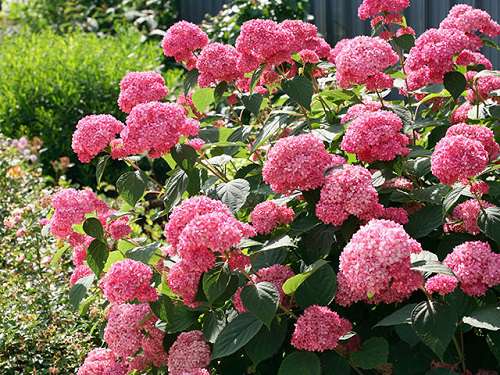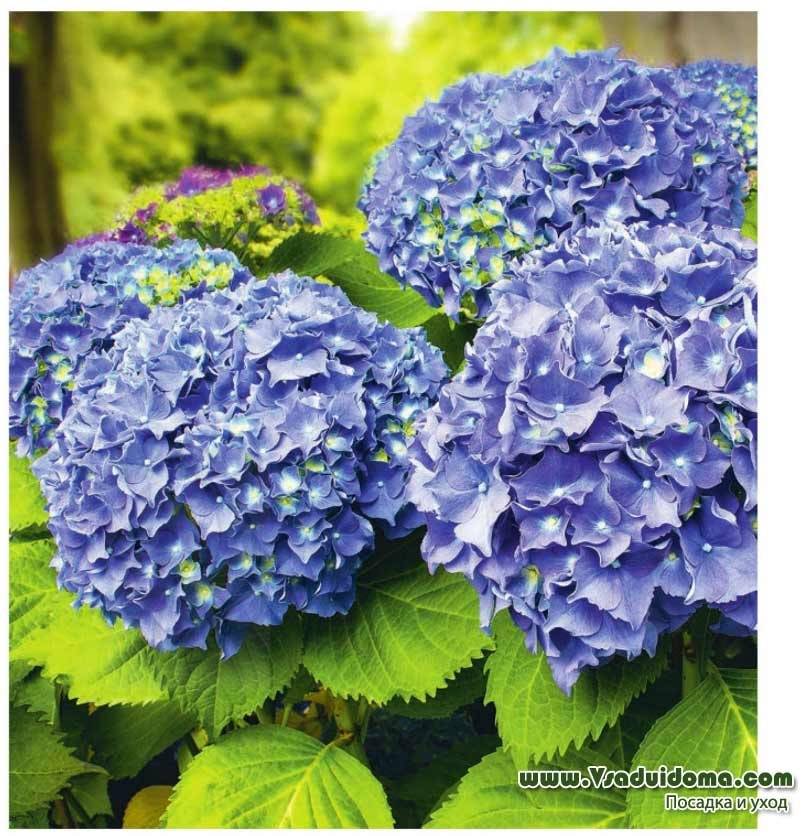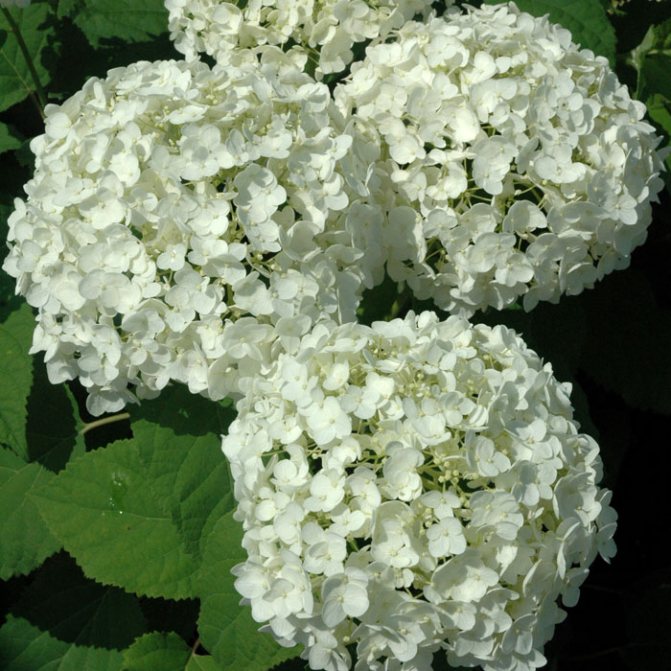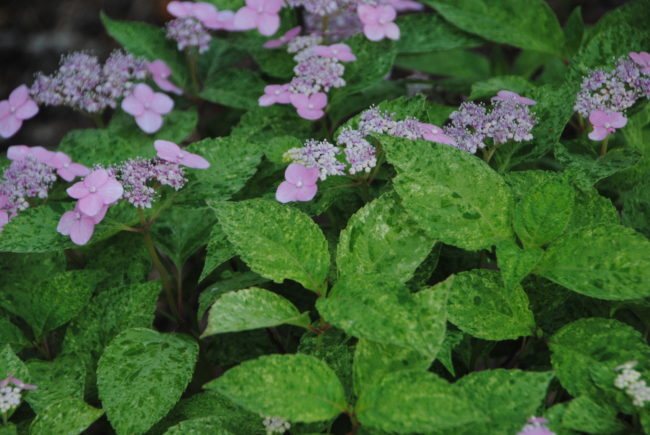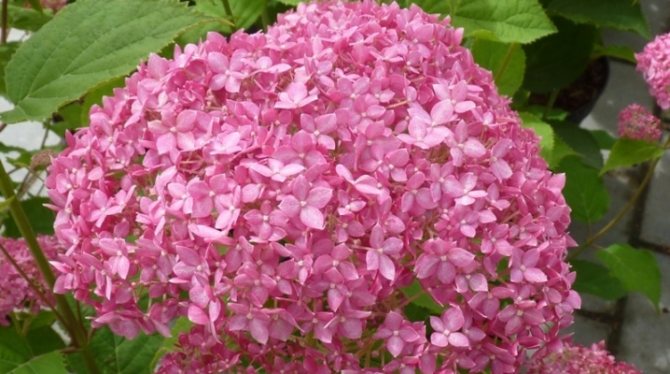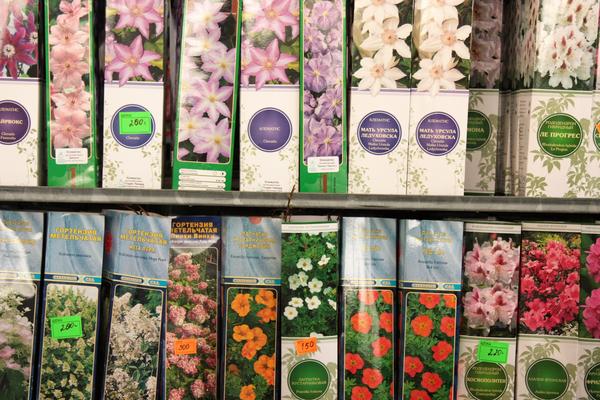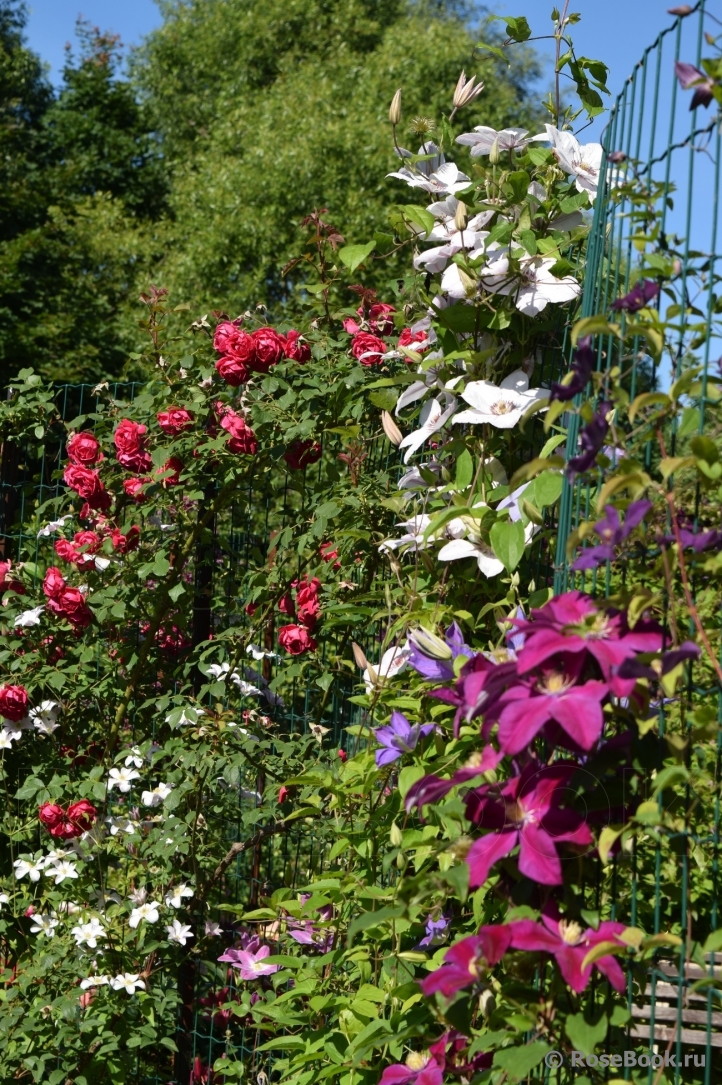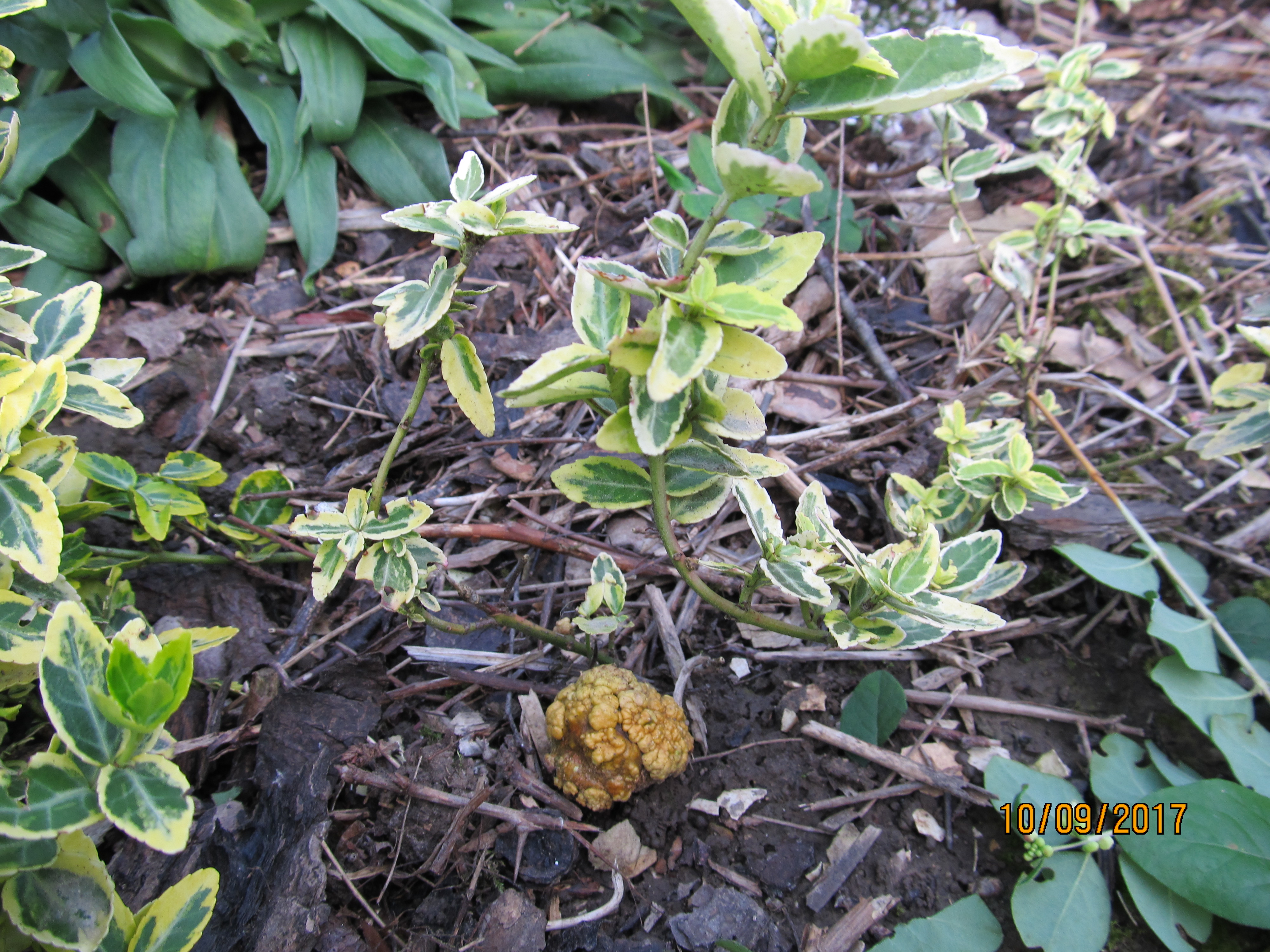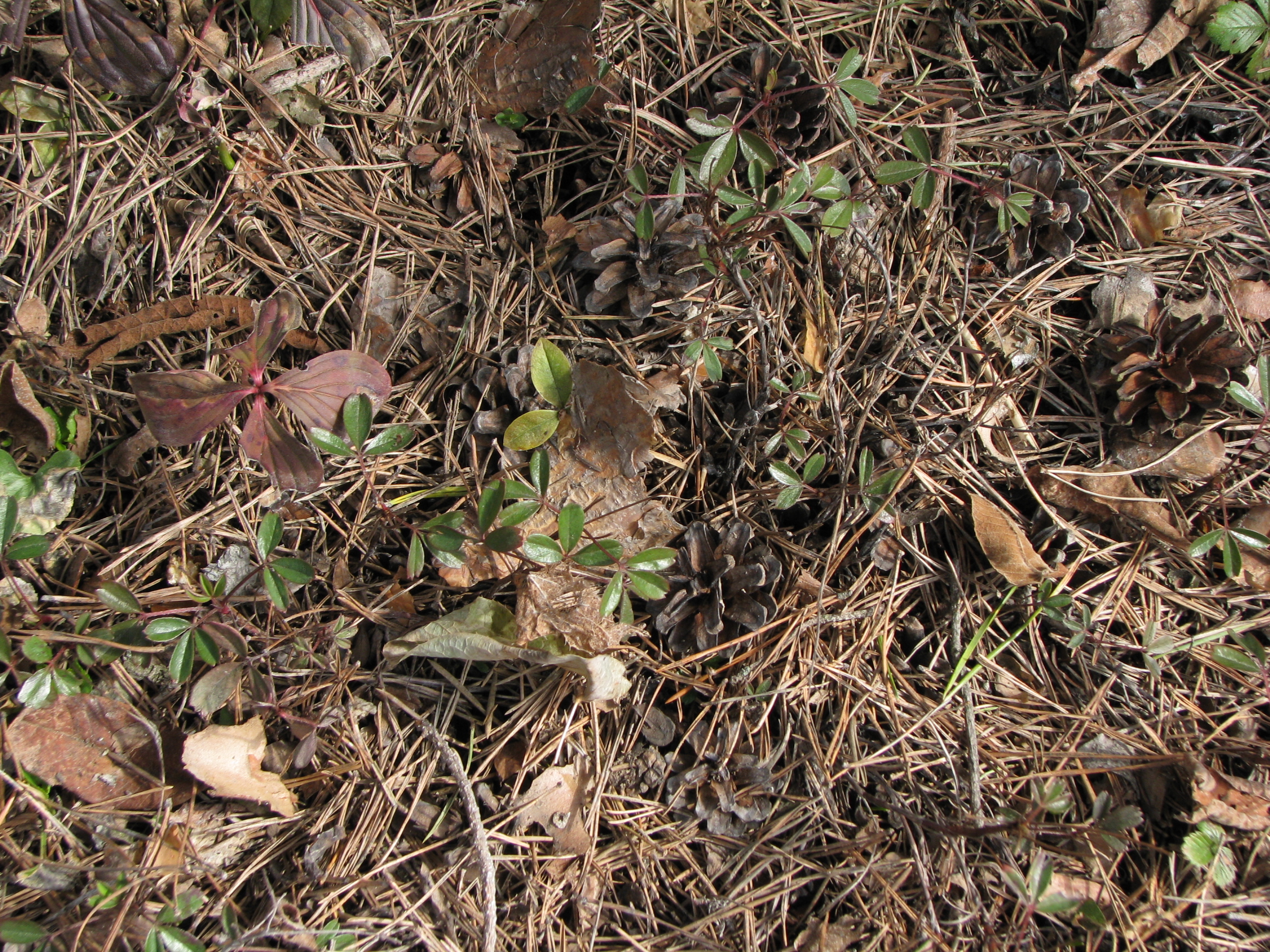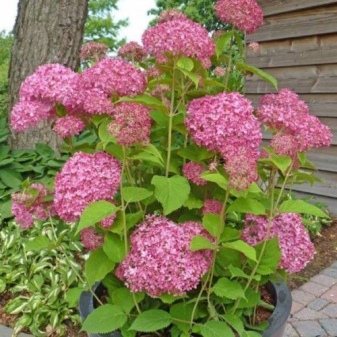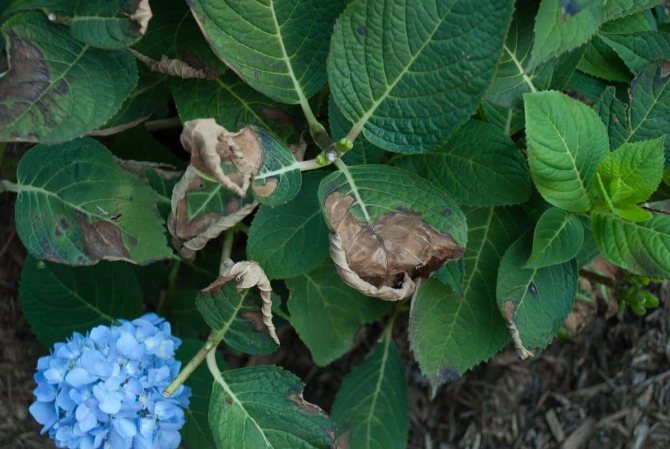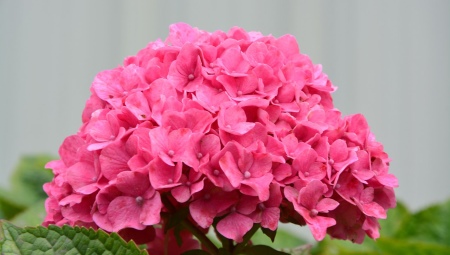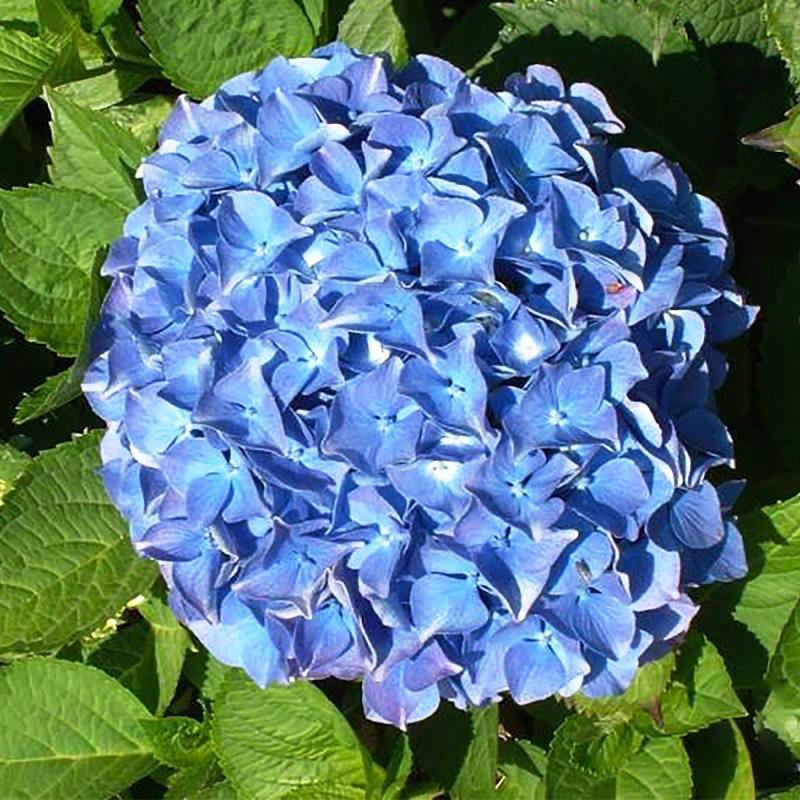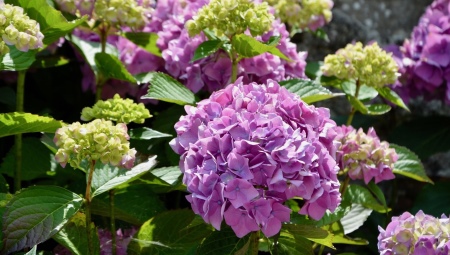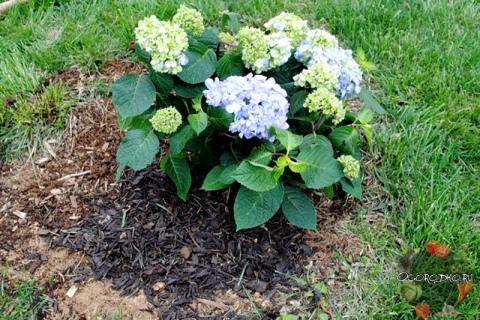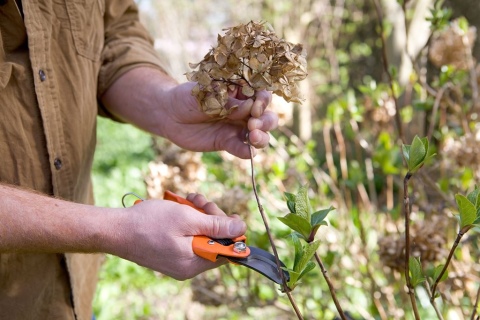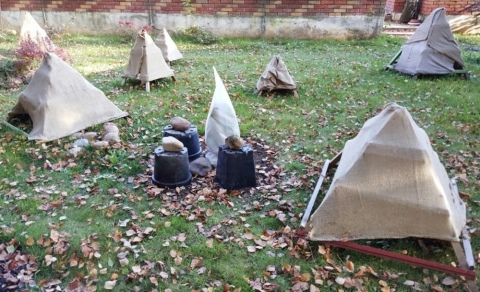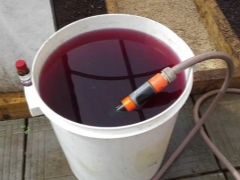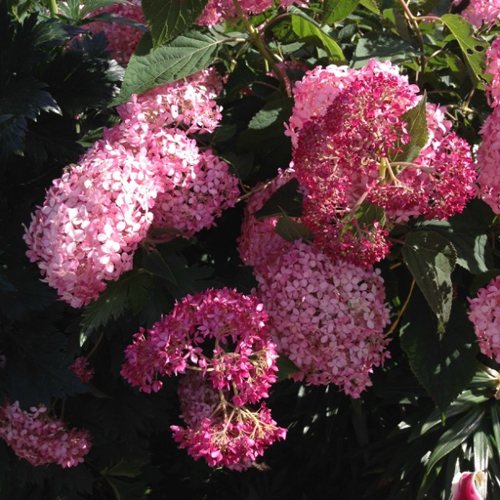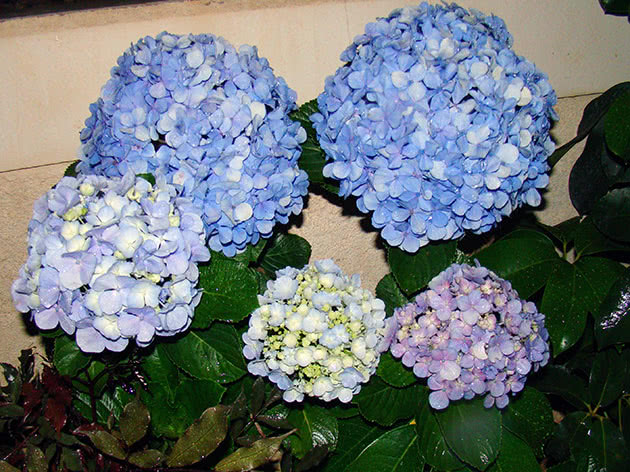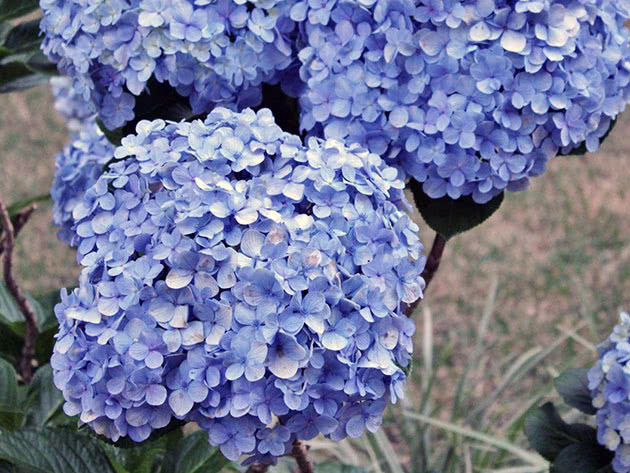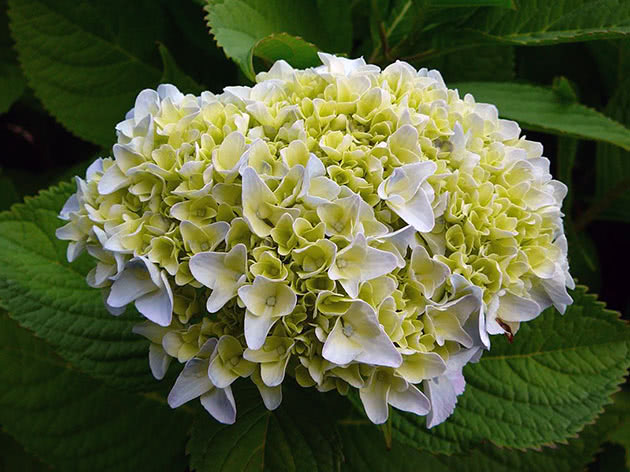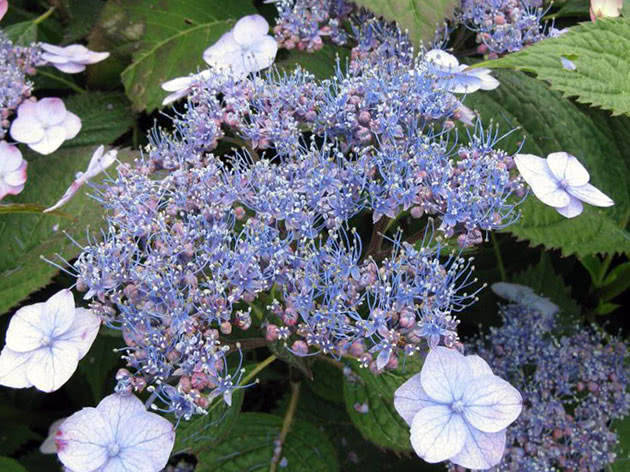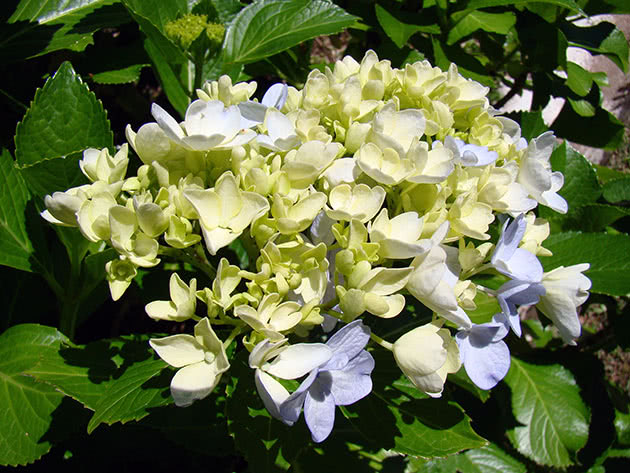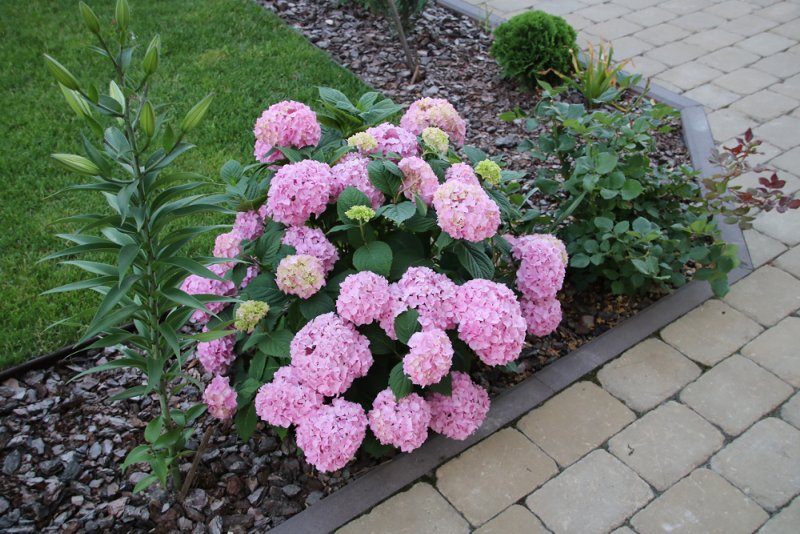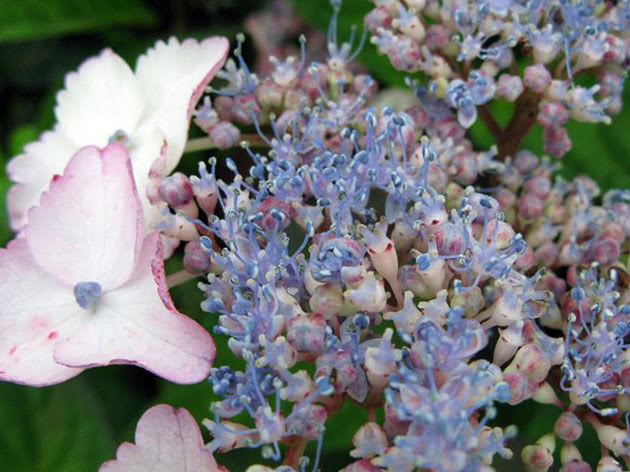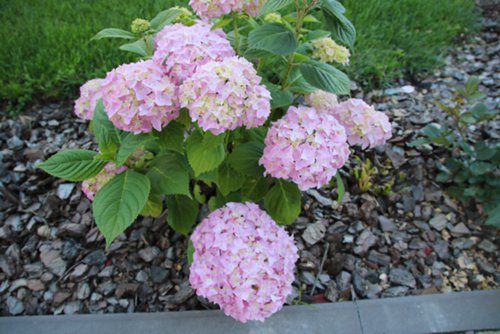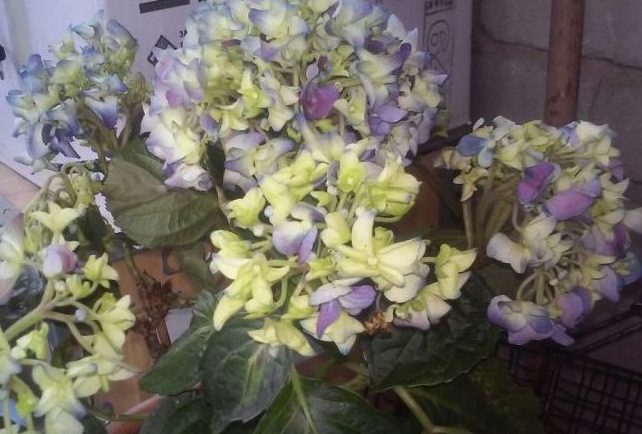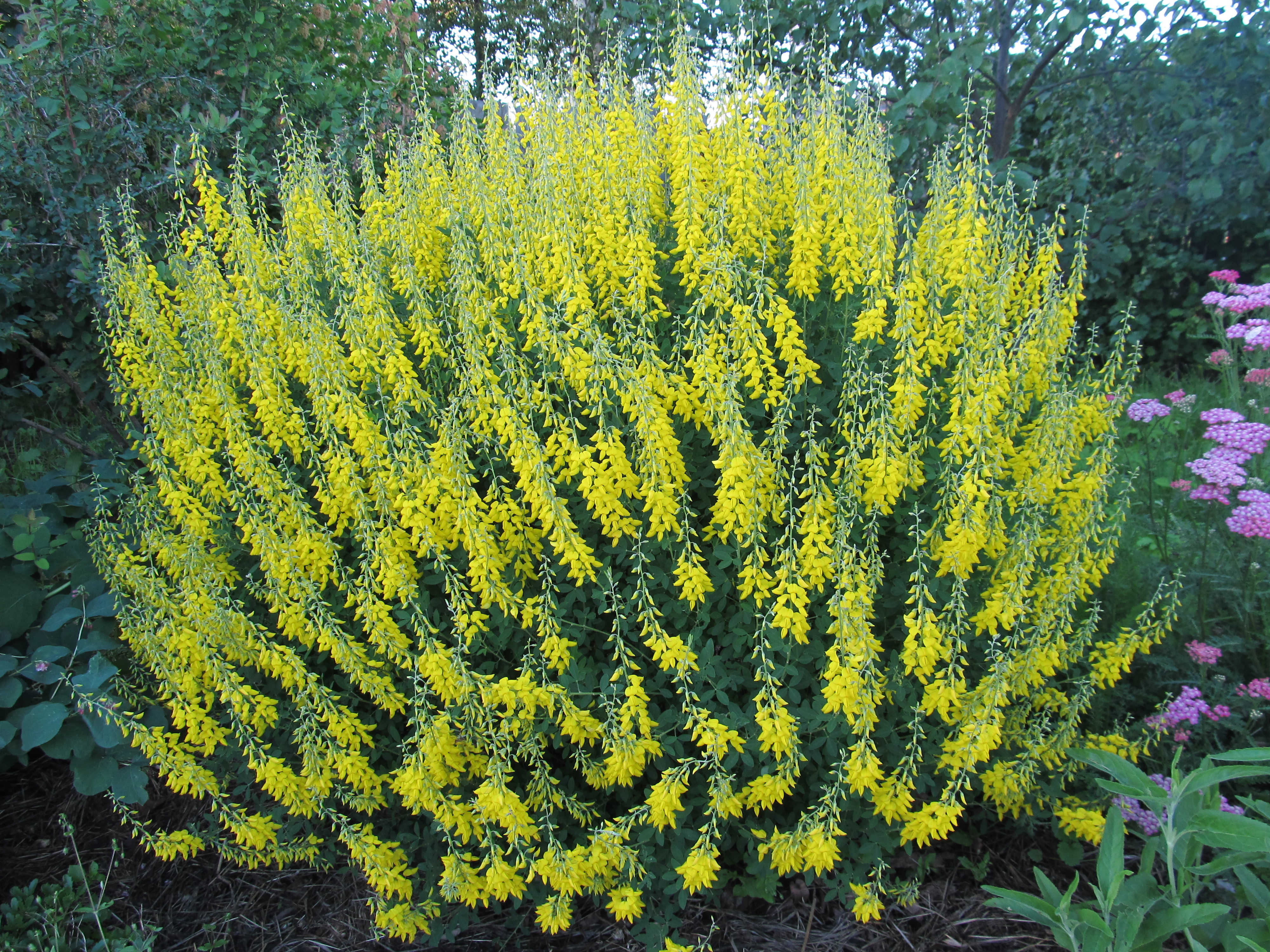How to properly transplant a garden hydrangea in the fall to a new place
The transplant procedure is most easily tolerated by young bushes, whose age does not reach five years. Older specimens take root harder and get sick longer, so it is better not to touch them without an urgent need.
Seat selection
A shrub planted in open areas protected from gusty winds, well-lit in the morning and in a light openwork partial shade in the afternoon, reveals its decorative qualities most fully. When planting near buildings, it is necessary to retreat from the walls at least 1.5 m so that rainwater does not flow down from the roof and snow does not fall onto the bushes, and also to eliminate the risk of freezing of the root system in winter.
Hydrangea loves open, sunny places
Hydrangeas are suitable for wet places, because the culture is very hygrophilous, but it does not tolerate swampiness. It will develop well and bloom profusely on loose, water-absorbing, air-permeable, fertile loams with a medium or low acidity level (pH 4.5–5). Alkaline soils are contraindicated, the shrub grows poorly on them and blooms poorly.
Site and soil preparation
The selected area is dug up in advance (6–8 weeks in advance), choosing the rhizomes of creeping perennials and at the same time adding (for each square meter):
- coarse sand - 1.5–2 buckets;
- high-moor sour peat (brown) - 0.5 buckets;
- garden compost or humus - 1.5–2 buckets.
Heavy and too damp clayey soils are additionally facilitated by the introduction of sawdust and sand (1 bucket per 1 m2). Scanty and water-absorbing sandstones are improved with a clay substrate and high-moor peat (1.5–2 buckets per 1 m2).
Planting pits with a depth of at least 0.4-0.6 m are prepared a couple of days before transplanting, their diameter depends on the size of the transplanted bushes:
- 0.8 m - for large;
- 0.5 m - for small ones.
A planting pit for transplanting hydrangeas in the fall to another place is prepared in advance
If it is planned to place several plants on the site, then about 1.5–2 m are left between them, since they grow rapidly. A nutritious soil mixture is prepared from the extracted soil by adding mineral fertilizers:
- superphosphate - 60–80 g;
- potassium sulfate - 25-30 g.
After thoroughly mixing all the components, the planting pits are filled up to half with the resulting soil.
Preparing a bush for transplanting
It is advisable to prepare the hydrangea for transplanting so that it takes root more easily. To do this, proceed as follows:
- In late spring or early summer, the bush is dug around the perimeter of the crown, making a circular trench about 20-25 cm deep and wide.
- The moat is filled with loose humus and sprinkled with garden soil. By the time of digging, the plant will put down lateral roots for organic nutrition.
- At the right time, having previously pulled the branches with twine or rope so as not to interfere, the bush is dug in along the outer edge of the compost trench with sprouted roots.
- Then they carefully dig out the bush along with a lump of earth.
Hydrangea is dug out, trying not to damage the earthen lump
Direct landing
The algorithm of actions is as follows:
- A 3-4 cm drainage layer of broken brick, crushed stone, expanded clay, etc. is laid at the bottom of the pit.
- On the eve of the day of disembarkation, 2-3 buckets of water are poured into the pit (if it rains, then this is not necessary).
- The bush, together with an earthen lump, is carefully placed in the center of the hole, maintaining verticality and making sure that the root collar is at ground level.
- The roots that come out of the coma are straightened in different directions.
- The voids are filled with soil mixture, without tamping strongly, so as not to damage the root system.
- A support is installed to support the plant (it is removed after complete rooting).
- Water abundantly, consuming from 10 to 40 liters (depending on the size of the bush) of settled water.
- Mulch with a layer of 5–8 cm from sawdust, pine needles, peat, etc.
Main reasons
Poor hydrangea growth can be for many reasons, the main ones are:
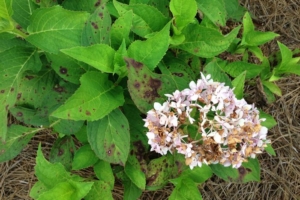
- insufficient sun saturation;
- uncontrolled watering;
- low soil acidity;
- lack of fertilizer or improper feeding;
- pests;
- diseases;
- damage and decay of the root system.
Let's dwell on each reason in more detail.
Not enough sun
Hydrangea is a sun-loving plant, but you need to be careful not to overdo it. Excessive exposure to direct sunlight can damage the plant and burn the flowers.
It is recommended that the hydrangea be fenced off from sunlight at noon. To do this, you can build a canopy so that a shadow falls on the flower at lunchtime.
Improper watering
Do not use hard water when watering this plant, you must use soft water. You can get such water by collecting rainwater or running water and letting it settle for 4 days. The hydrangea has a sensitive root system, so the water for irrigation should be warm with a temperature of about 15 degrees.
Watering should be done in the morning or evening so that the sun does not evaporate moisture from the soil. Each bush needs 15 liters of warm water weekly.
Soil acidity
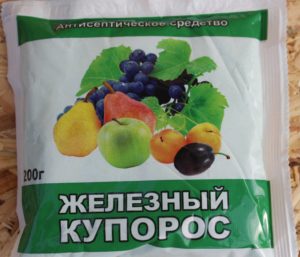
In this case, it is recommended to transplant the plant into another soil, and if there is no such place, then the condition of the plant can be improved by feeding with iron sulfate, which must be taken in an amount of 5 grams per 10 liters of water.
Improper feeding / fertilization
The plant is very picky and not enough fertilizer or too much fertilizer can lead to poor growth and plant disease. It is better to buy top dressing in the store, if it does not work out, then you can make it yourself.
Pests
Hydrangea is susceptible to the invasion of such pests as aphids, spider mites, rootworm nematodes, slugs, snails and others. Slugs or snails can be removed manually. Against the rest of the pests, special solutions must be used. Signs of the appearance of pests are:
- wilting of foliage;
- yellowing and falling foliage;
- deformation of flowers, shoots and inflorescences;
- drying out.
In the presence of such signs, the plant must be urgently rescued.
Diseases
If the flower has diseases, then there will be no growth. It is possible to determine the presence of a disease in a plant by external signs.
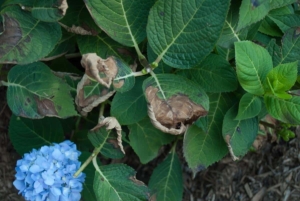
- Chlorosis. With this disease, the leaves become smaller and lighter, and the buds are deformed and fall off. This problem usually arises due to the fact that the plant has been growing in one place for many years. For treatment, Antichlorosis or Ferovit is used.
- During the period of long rains, gray rot appears on damaged tissues. Damaged areas must be removed.
- Peronosporosis occurs in humid air and elevated temperatures. Greasy spots appear on the leaves and turn black. The plant must be treated with a solution of laundry soap.
- Powdery mildew appears as a gray coating on the inside of the leaves. The plant with such a disease gradually dies. For treatment, fungicides Topaz and Skor are used.
- Septoria is accompanied by brown spots on the leaves. It is treated with copper sulfate.
- Ring spot affects the entire plant. It cannot be cured, it is necessary to remove the plant along with the earth.
With constant inspection of the plant, diseases can be detected early and easily eliminated.
Damage to the root system
If the root system is damaged, then the entire aerial part will look bad. In this case, we remove the top layer of the soil and look at the presence of damaged areas, if they are not visible, then we fill it with fresh soil.If the roots are damaged, then:
- digging up the plant;
- remove diseased areas;
- we process with a solution of potassium permanganate;
- we transplant to a new place in fresh soil.
Hydrangea grows poorly - the cause of the problem and how to fix it
A healthy strong bush annually grows young shoots, actively growing. If this does not happen and the hydrangea develops sluggishly, this may be the result of:
- unsuccessful wintering;
- improper trimming;
- depletion of the soil;
- disease or pest attacks.
What to do if hydrangea winters badly and does not grow?
Not all varieties of hydrangea have high winter hardiness, and this should be taken into account. When choosing seedlings, it is worth giving preference to those species that are capable of growing in local climatic conditions. But they will also need extra care in particularly frosty winters, especially if there is little snow. Without shelter, the root system freezes, and the above-ground part of the bush may suffer. Of course, in this case it is difficult for hydrangeas to develop adequately. You can help the shrub by performing sanitary pruning and providing regular complex feeding.
Effect of pruning on hydrangea growth
All hydrangeas, without exception, need the pruning procedure, because it stimulates the branching of the bush. However, some types require minimal intervention. This applies to plants that lay flower buds at the tips of last year's branches, for example, hydrangea:
- serrated;
- oak-leaved;
- large-leaved;
- prickly.
Radical pruning of these varieties of shrubs will not only slow down their growth, but also postpone flowering. Therefore, before starting a haircut, it is worth remembering which variety grows in the garden.
How to feed a weakly growing hydrangea when the soil is depleted?
The growth retardation is especially noticeable on those bushes that are "starving". Without regular feeding, the hydrangea is simply trying to survive, and there is no time for a new growth. A good impetus will be given by the introduction of nitrogen fertilizers in early spring - they will help start growth. Before laying the buds, it will be more expedient to switch to mineral complexes.
How to help hydrangea affected by disease or pests?
The development of hydrangea slows down, or even the bush begins to disappear altogether if the plant attacks:
- gray rot - needs treatment with Fundazol;
- chlorosis - Ferovit will help;
- powdery mildew - you will need Topaz or Skor fungicides;
- peronosporosis - it is necessary to spray with a soapy solution with the addition of copper sulfate;
- septoria - immediate treatment with copper sulfate.
You can free the hydrangea from pests by spraying with a soap and garlic solution. And the insecticide Decis will relieve slugs and snails.
Poor growth due to poor root condition
It is the roots of the plant that carry the basic information about the plant: if they are damaged, then the above-ground part will feel bad. The main causes of root damage are:
- frosts;
- pests;
- diseases (fungal or infectious).
With a flower that grows at home, everything is simple: just take it out of the container along with a lump of earth and check the condition of the roots. It is best to clean the soil, carefully remove the damaged and sore parts, rinse with clean water. Watering with a weak solution of potassium permanganate will have a good effect on the root system of an indoor flower. In specialized stores, you can buy a root strengthener that will help the plant.

Hydrangea did not wake up after wintering
Such a check is accompanied by further transplantation into new land, a couple of weeks after this procedure, top dressing should be carried out.
Important! When transplanting, you should be as careful as possible with the roots of the plant and not damage healthy strong roots, the procedure should be carried out with minimal losses. Why hydrangea grows slowly in the garden is also an exciting question.
In this case, the condition of the roots is checked a little differently.It is necessary to remove the top layer of soil and check the visible part of the root system. If all is well, diseases, pests and other damage were not found, then you need to fill everything with fresh earth from above, feed with fertilizer
Why hydrangea grows slowly in the garden is also an exciting question. In this case, the condition of the roots is checked a little differently. It is necessary to remove the top layer of soil and check the visible part of the root system. If all is well, diseases, pests and other damage were not found, then you need to fill everything with fresh earth from above, feed with fertilizer.
If problems are found, then the plant must be urgently treated so that it does not finally die. The easiest way is to dig up the shrub and plant it in a new location in fresh soil.
When to open hydrangeas after winter
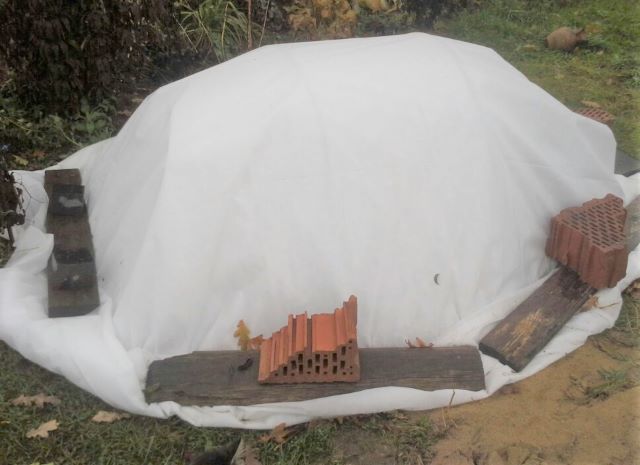
In autumn, gardeners cover the tree trunks of plants with mulch and carefully cover the bushes with various materials. It can be agrofibre, film, box or other improvised means.
Under the film, when it warms, plants can begin to rot, so such a shelter must be removed first. However, shrubs cannot be completely disclosed at once.
When and how to open a hydrangea after winter depends on the method of shelter and the air temperature:
- To prevent the bushes from blowing out, the snow and the film must be removed from them as soon as the daytime air temperature is set at around +5 .. + 7 degrees. Make sure to leave the non-woven fabric.
- A sudden opening can stress plants even in warm weather. Therefore, they are gradually taught to fresh air. During the day, in warm weather, for several days, we only slightly open the bushes, and then we remove the shelter completely.
- Hydrangeas fully open after positive temperatures are day and night, and there will be no sudden temperature changes.
Care errors

Another reason the hydrangea does not bloom is two care mistakes, insufficient fertilization and too little water. In both cases, the plant can produce buds and even develop some of the flowers, but the inflorescences will be anemic and small, wilting and yellowing already in the summer. If the bushes are not watered regularly, daily, the plants are unlikely to survive until the next season.
Fertilization is also important. A flowering shrub needs a lot of nutrients
Since the shrub has large leaves, and produces many huge inflorescences, it requires a lot of nutrients. Fertilize 3-4 times a year if you use granular fertilizer or every second watering if you use water-soluble fertilizers.
The use of fertilizers is closely related to the resistance of the shrub to frost!
Spring and summer. In the spring, you can apply the complex fertilizer Agricola Aqua. A plant fortified with nutrients is more resistant to adverse environmental factors, grows faster and sets more flower buds.
Autumn. From mid-July, you need to stop using nitrogen fertilizers. Nitrogen stimulates plants to create new shoots and green mass, hydrangeas should be ready for winter rest from August.
However, it is worth using special autumn fertilizers to expand the root system, so that the plants will be better prepared for winter.
Is it possible to transplant hydrangea in June
Experienced gardeners know when to transplant hydrangeas safely. In June, the flowering season begins, and the bush is covered with large caps of inflorescences. At this time, it is impossible to disturb and cut him, the more you cannot transplant the shrub. The inflorescences can be damaged and fall off, the next year after transplanting, the hydrangea will bloom less or not at all.

White inflorescence
An exception may be the northern regions, for example, Siberia or the Urals. In these places, warming occurs much later than in the south.There is no exact date for a hydrangea transplant that will work in all regions. At the end of March, frosts and low temperatures are possible, at this time the shrub cannot be transplanted. Flowering begins in July, so the hydrangea can still be transplanted in early June.
The real decoration of the garden area is the blooming hydrangea, caring for it begins in spring, includes pruning, watering and feeding. This shrub takes root in different climates, it can be found both in the north and in the south. A well-groomed plant will delight you with lush flowering and fragrant aroma every summer.
Why hydrangea paniculata, tree-like, large-leaved does not grow
Hydrangea flowers can change color depending on the acidity of the soil in which they grow. If it is neutral, then the inflorescences will be cream or beige, in alkaline soil - pink and lilac. If the soil contains a large amount of aluminum, the flowers take on a blue tint. But why is the hydrangea growing slowly or not blooming at all?

Hydrangea bud larger than a fist
The growth of the bush is influenced by many factors. Often, growth slows down after winter, so it is worth waiting a little for the onset of a warmer period. If even in this case there was no progress, then it is recommended to think about possible problems that impede the active growth of the plant.
Poor root condition
First of all, you should think about the state of the root system. It can often be damaged by pests, infectious diseases and frost. If we are talking about a flower in a pot, then it is recommended to pull it out with a lump of earth and remove the damaged areas by rinsing the remaining roots with water with a solution of potassium permanganate or a special agent. You will also need to completely change the soil.
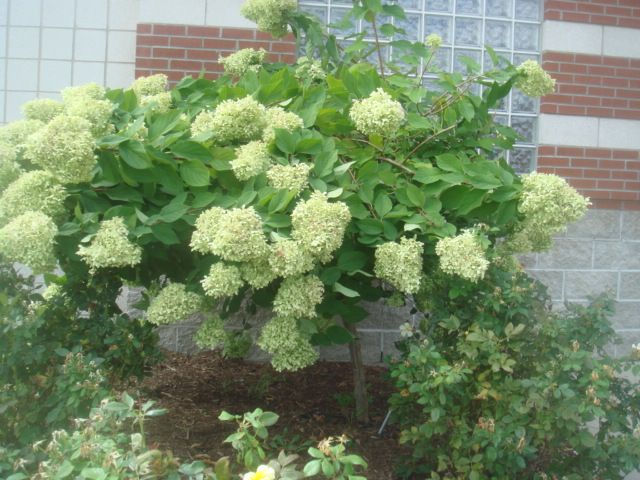
Young hydrangea bush
Important! In winter, the roots are rather weak, so additional insulation is required. In his absence, they can begin to wither away.
Localized lesions can be removed, thereby restoring the plant. It is also recommended to subsequently provide the flower with complex fertilizer and follow proper care.
If the plant is in the open field, then it is imperative to examine the condition of its roots. To do this, carefully remove the top earthen layer to check the root system. If there is no visible damage, then sprinkle it with nutritious soil again and feed it. Otherwise, it is worth completely digging out the bush and replanting it to another place.
Failure to comply with the rules of pruning
Pruning is required for any type of hydrangea, as this procedure stimulates the branching of the bush. But it should be borne in mind that depending on the type, pruning options change. Treelike, large-leaved, oakleaf and serrated hydrangeas require minimal intervention. Pruning drastically will inhibit growth and delay flowering, so it is advisable to consider the type of plant.

Pruning rules
Diseases
Diseases can be the cause of slow growth. You can define them by their external features:
- gray rot. The disease is characterized by tissue damage that becomes watery. Fungus appears after prolonged rains. It is required to remove the infected areas completely and burn. After that, the plant should be treated with a foundation;
- powdery mildew. The disease manifests itself with yellow and green spots, as well as gray bloom. The bush begins to fade slowly, so it should be treated with fungicidal preparations. It is worth choosing fast or topaz;
- ring spot. The disease affects the bush in a short period of time. The shrub should be removed from the ground along with the ground and destroyed so that the virus does not transfer to other plants;
- septoria. The disease is characterized by brown spots on the leaves. The plant needs to be treated with a solution of copper sulfate;
- peronosporosis appears at high humidity and heat.Indicates its presence with greasy spots on the leaves, which begin to darken over time. It is required to process the bush with a solution of laundry soap with copper sulfate;
- chlorosis is characterized by metabolic disorders in plants. Because of this, the leaves begin to brighten, the buds are formed smaller, and quickly die. It is required to treat hydrangea with ferovite, antichlorosis.

Chlorosis symptoms
Note! Periodically, it is worth inspecting all plants in order to notice diseases in advance. In the early stages of the disease, the bush can almost always be saved.

